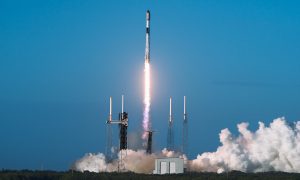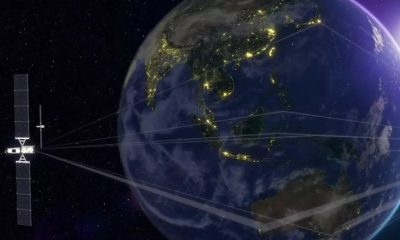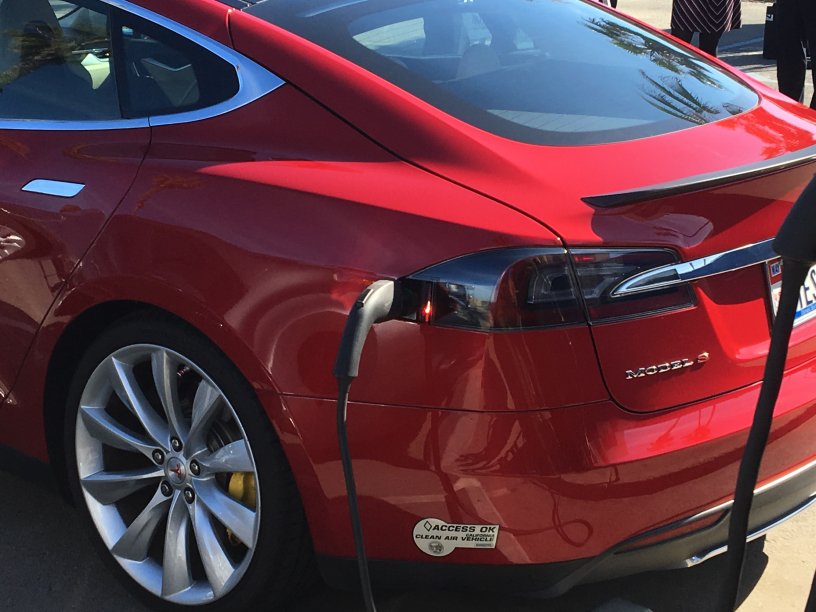

News
VW prepares to spend first $300M of $2B on EV charging infrastructure project
Volkswagen will designate $300 million by 2019 to establish a network of more than 450 electric vehicle charging stations in 11 U.S. major metropolitan areas and along high traffic highways. The announcement came this week through Volkswagen’s new wholly owned subsidiary called Electrify America, which will support increased use of zero emissions vehicles (ZEVs) in the U.S.
The initiative is part of the Federal Trade Commission agreement with Volkswagen to compensate for “Dieselgate,” the systematic and willful deceit of U.S. emissions regulators through special software in Volkswagen’s diesel vehicles. Electrify America is a product of Volkswagen’s 2016 court settlement with the California Air Resources Board and the U.S. EPA. We recently reported that the VW emissions scandal has given life to a new generation of electric vehicle start ups like Rivian Automotive. The Illinois-based electric car company has leased land to a logistics company that’s using the space as a temporary holding area for the Dieselgate VWs. Teslarati commissioned a videographer to capture drone shots showing roughly 14,000 affected cars waiting to be disposed of as a result of the scandal.
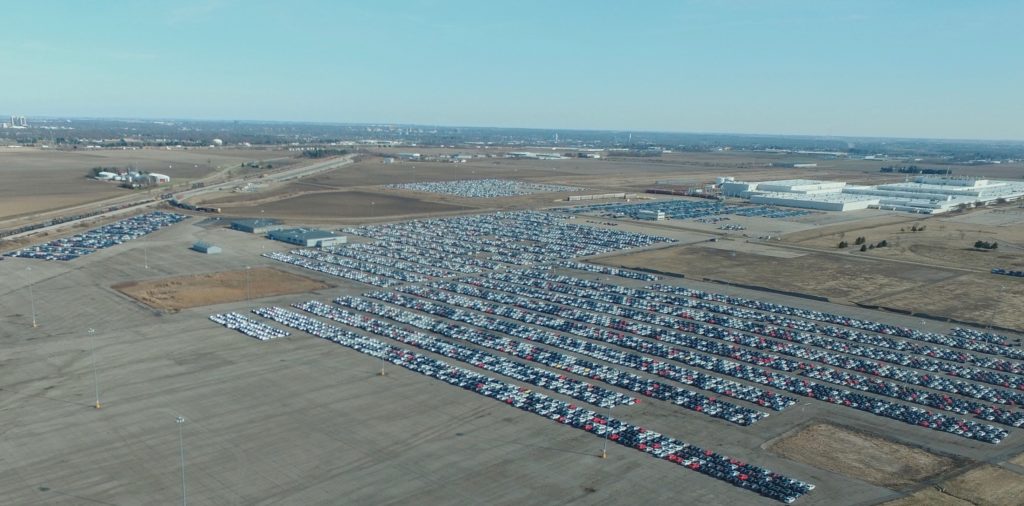
Thousands of VW Diesels being Stored at Rivian Factory, Photo: Jim Finch for Teslarati
Electrify America will support and promote greater availability of customer-friendly infrastructure in areas with high demand for ZEVs. With hundreds of stations with non-proprietary chargers across the U.S., Electrify America‘s first National ZEV investment cycle will make it easier and faster for millions of Americans to charge their electric vehicles while also “encouraging more drivers to explore and embrace electric driving.”
Electrify America‘s first stage plans
Electrify America has released information through a press release and website that it will establish a network of 2,500+ non-proprietary electric vehicle chargers at more than 450 station sites.
- Approximately 240 charging station sites will be installed or under development outside of California by the end of the first cycle.
- These sites will be located along high-traffic corridors between metropolitan areas, including multiple cross country routes.
- They will include between four and ten 150 kW and 320 kW individual DC fast chargers at each location.
- Charging sites will be present in 39 U.S. states.
- They will be built along corridors with a high correlation with the EV Charging Corridors recently designated by the Federal government.
- Sites will be, on average, about 66 miles apart, with no more than 120 miles between stations.
Comparisons to Tesla’s Supercharger network
The extent and speed of Electrify America‘s planned installation schedule roughly parallels the early years of Tesla’s DC Supercharger network in the U.S., which began in late 2012.
The new Electrify America chargers will be non-proprietary. Tesla vehicles use a proprietary plug design, although the company sells compatible adapters. Tesla’s DC CHAdeMO adapter is limited to 50 kilowatts of power.
With proposed charging power set at 320 kilowatts, the Electrify America network would be the first high power contender, at scale, to the Tesla Supercharger network. Tesla is the only EV manufacturer right now capable of charging vehicles at up to 120 kW, which equates to about 170 miles of range in as little as 30 minutes. Tesla has built a fast DC Supercharger network that supports maximum theoretical charging rates of up to 145 kilowatts, according to the company’s website.
The Electrify America network will provide 2500+ chargers at more than 450 stations. At this writing, Tesla Superchargers are at over 2,200 charging stalls at 350 locations across the U.S.
The proximity of Electrify America‘s chargers along frequently traveled corridors means that many shorter range ZEVs available today will be able to use this network. Most Tesla sites are located along highways away from large metropolitan areas and are primarily intended for use by travelers on long-distance trips.
It seems likely that the Electrify America chargers will be located in existing public infrastructure like rest stops. Tesla has a growing network of Destination Charging Partners with dedicated Tesla Wall Connectors at their properties. The company’s website describes how these are primarily destinations where a Tesla owner would stay for several hours at a time, such as ski resorts, restaurants, hotels and others. They are safe, well-lit, and infuse a feeling of security when Tesla owners need to recharge their vehicles.
Electrify America stations will be designed to support many existing and anticipated charging technology needs, including evolving industry standards like the Combined Charging Standard (CCS) and the Open Charge Point Protocol. Last year, Tesla joined the European CharIN consortium that is leading the development of CCS.
Tesla reminds its owners that there are many factors that affect the actual charge rate, including ambient temperature, utility grid restrictions, and charging traffic. Tesla constantly incorporates owner feedback into its maintenance and research and development efforts, offering a distinct consumer experience for Tesla owners who use its Superchargers.
News
Tesla Semis to get 18 new Megachargers at this PepsiCo plant
PepsiCo is set to add more Tesla Semi Megachargers, this time at a facility in North Carolina.
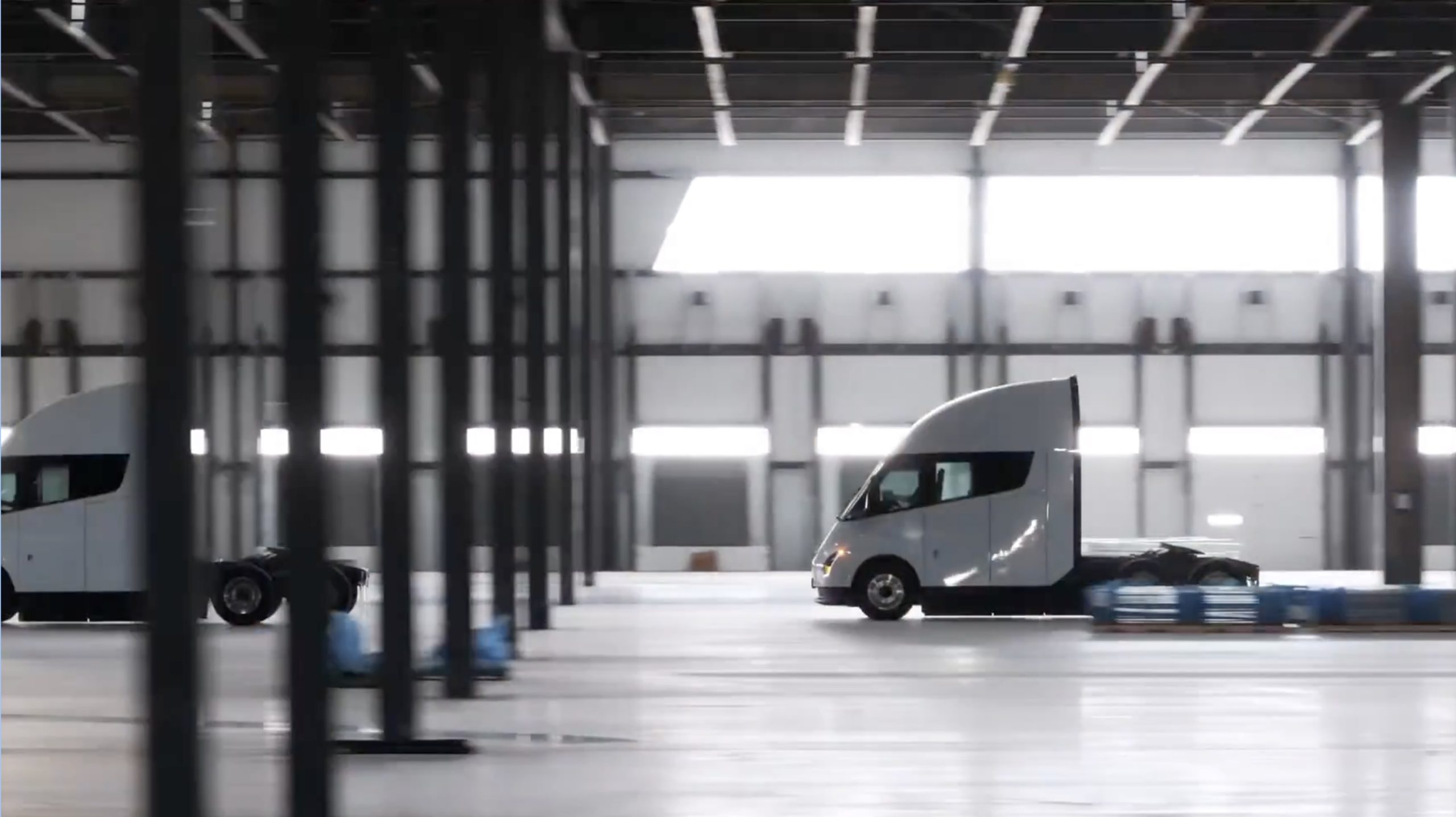
Tesla partner PepsiCo is set to build new Semi charging stations at one of its manufacturing sites, as revealed in new permitting plans shared this week.
On Friday, Tesla charging station scout MarcoRP shared plans on X for 18 Semi Megacharging stalls at PepsiCo’s facility in Charlotte, North Carolina, coming as the latest update plans for the company’s increasingly electrified fleet. The stalls are set to be built side by side, along with three Tesla Megapack grid-scale battery systems.
The plans also note the faster charging speeds for the chargers, which can charge the Class 8 Semi at speeds of up to 1MW. Tesla says that the speed can charge the Semi back to roughly 70 percent in around 30 minutes.
You can see the site plans for the PepsiCo North Carolina Megacharger below.
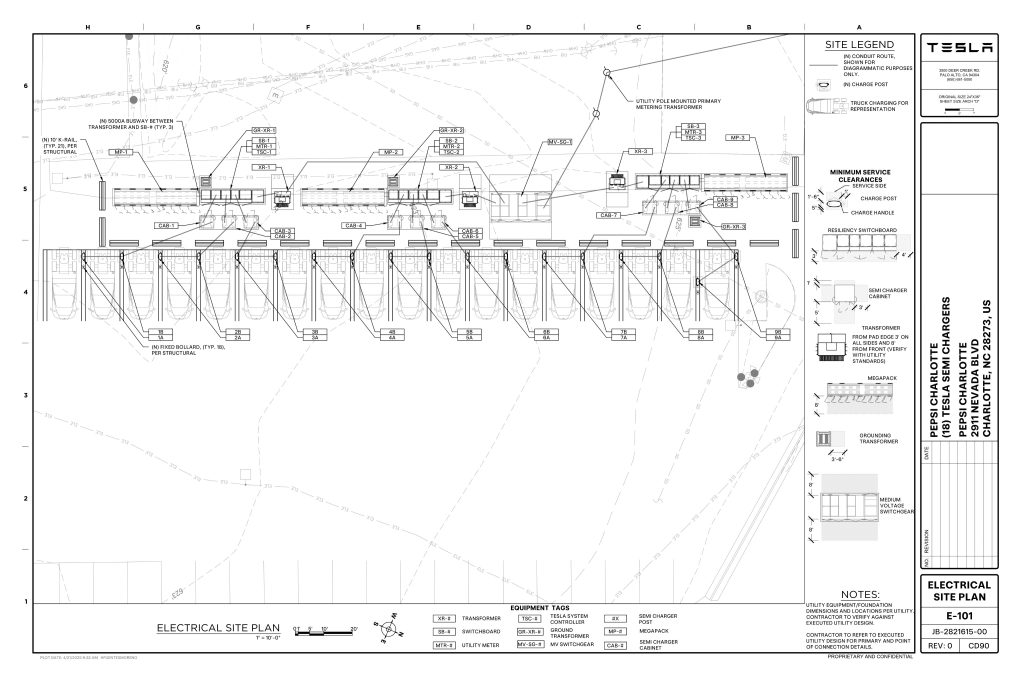
Credit: PepsiCo (via MarcoRPi1 on X)
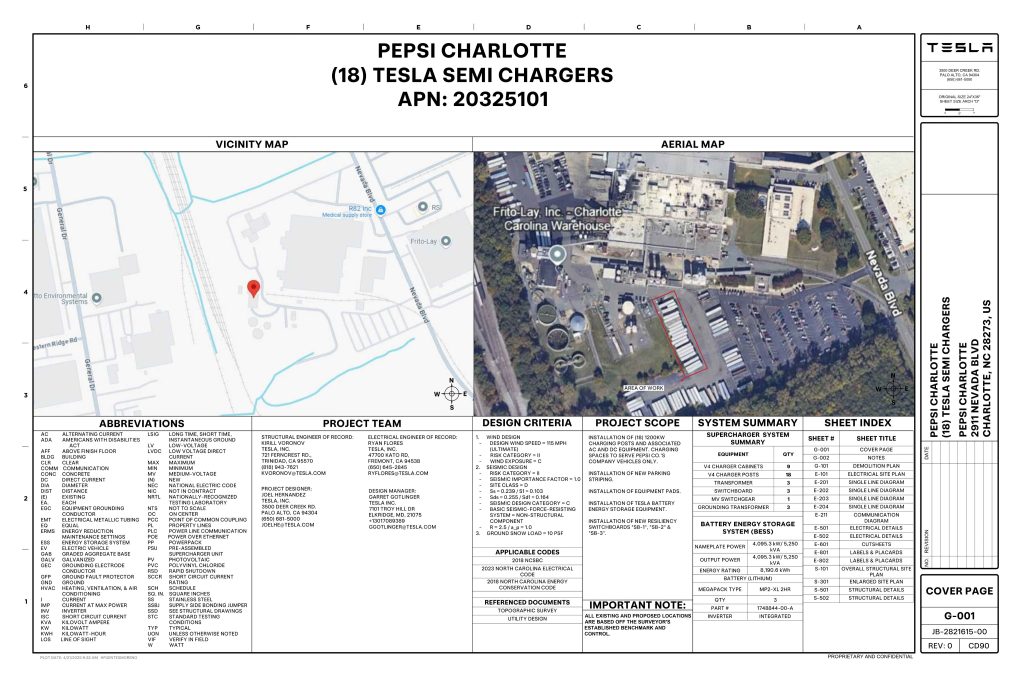
Credit: PepsiCo (via MarcoRPi1 on X)
READ MORE ON THE TESLA SEMI: Tesla to build Semi Megacharger station in Southern California
PepsiCo’s Tesla Semi fleet, other Megachargers, and initial tests and deliveries
PepsiCo was the first external customer to take delivery of Tesla’s Semis back in 2023, starting with just an initial order of 15. Since then, the company has continued to expand the fleet, recently taking delivery of an additional 50 units in California. The PepsiCo fleet was up to around 86 units as of last year, according to statements from Semi Senior Manager Dan Priestley.
Additionally, the company has similar Megachargers at its facilities in Modesto, Sacramento, and Fresno, California, and Tesla also submitted plans for approval to build 12 new Megacharging stalls in Los Angeles County.
Over the past couple of years, Tesla has also been delivering the electric Class 8 units to a number of other companies for pilot programs, and Priestley shared some results from PepsiCo’s initial Semi tests last year. Notably, the executive spoke with a handful of PepsiCo workers who said they really liked the Semi and wouldn’t plan on going back to diesel trucks.
The company is also nearing completion of a higher-volume Semi plant at its Gigafactory in Nevada, which is expected to eventually have an annual production capacity of 50,000 Semi units.
Tesla executive teases plan to further electrify supply chain
News
Tesla sales soar in Norway with new Model Y leading the charge
Tesla recorded a 54% year-over-year jump in new vehicle registrations in June.
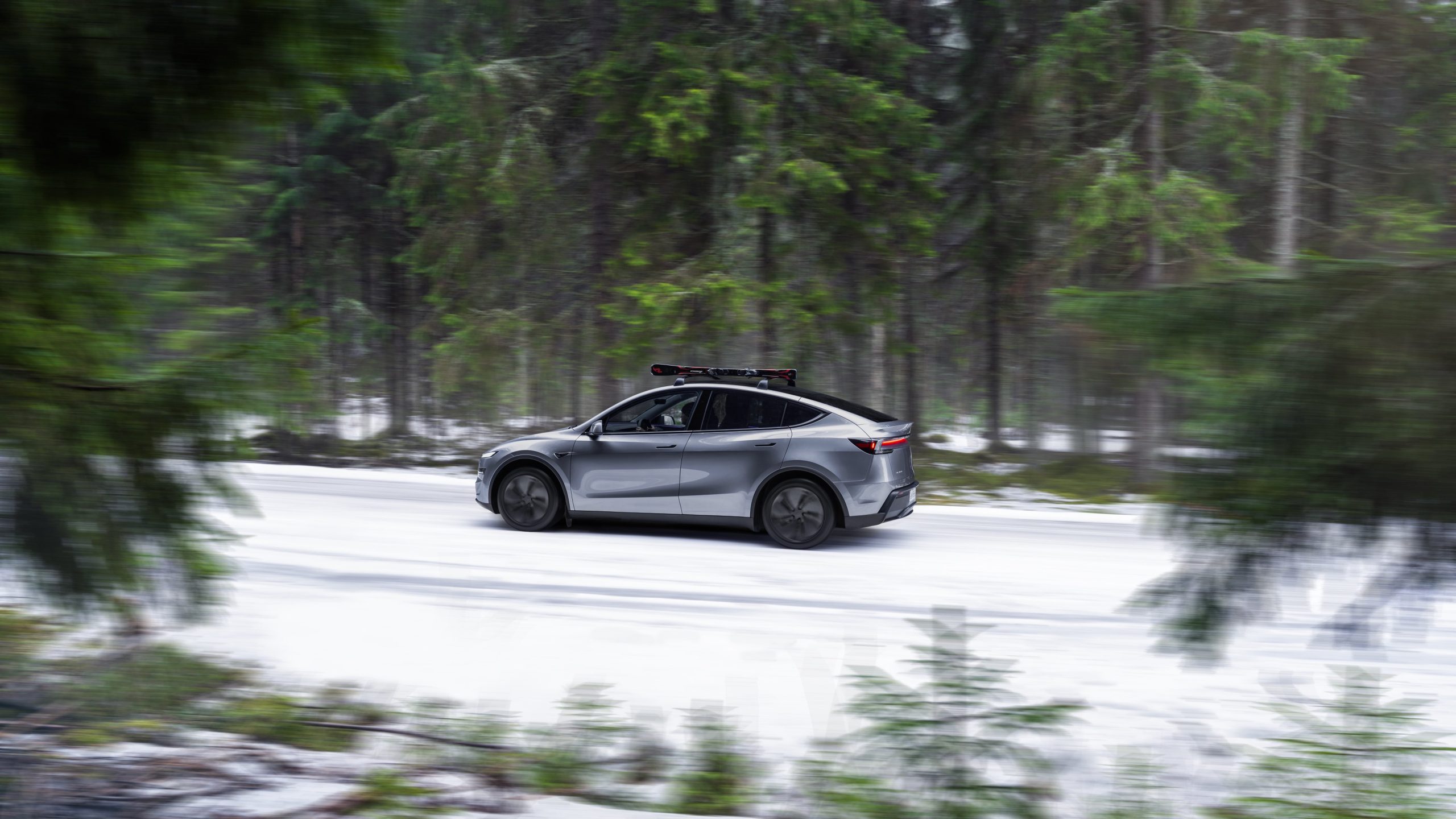
Tesla is seeing strong momentum in Norway, with sales of the new Model Y helping the company maintain dominance in one of the world’s most electric vehicle-friendly markets.
Model Y upgrades and consumer preferences
According to the Norwegian Road Federation (OFV), Tesla recorded a 54% year-over-year jump in new vehicle registrations in June. The Model Y led the charge, posting a 115% increase compared to the same period last year. Tesla Norway’s growth was even more notable in May, with sales surging a whopping 213%, as noted in a CNBC report.
Christina Bu, secretary general of the Norwegian EV Association (NEVA), stated that Tesla’s strong market performance was partly due to the updated Model Y, which is really just a good car, period.
“I think it just has to do with the fact that they deliver a car which has quite a lot of value for money and is what Norwegians need. What Norwegians need, a large luggage space, all wheel drive, and a tow hitch, high ground clearance as well. In addition, quite good digital solutions which people have gotten used to, and also a charging network,” she said.
Tesla in Europe
Tesla’s success in Norway is supported by long-standing government incentives for EV adoption, including exemptions from VAT, road toll discounts, and access to bus lanes. Public and home charging infrastructure is also widely available, making the EV ownership experience in the country very convenient.
Tesla’s performance in Europe is still a mixed bag, with markets like Germany and France still seeing declines in recent months. In areas such as Norway, Spain, and Portugal, however, Tesla’s new car registrations are rising. Spain’s sales rose 61% and Portugal’s sales rose 7% last month. This suggests that regional demand may be stabilizing or rebounding in pockets of Europe.
News
Tesla to open first India experience center in Mumbai on July 15
The event is scheduled for July 15 at the Bandra Kurla Complex, a premier business district in Mumbai.

Tesla is officially entering India with the opening of its first showroom and experience center in Mumbai next week. The event is scheduled for July 15 at the Bandra Kurla Complex, a premier business district in Mumbai.
Tesla imports to India signal an early-stage market entry strategy
According to Indian customs data, Tesla has imported approximately $1 million worth of vehicles, charging equipment, and merchandise into the country between January and June. The shipments include six Model Y comprised of five standard variants valued at $32,500 each and one long-range model valued at $46,000. Several Superchargers and related accessories were also imported into the country, as noted in a Yahoo Finance report.
These vehicles are expected to serve as display models and test units as Tesla gauges interest and navigates India’s high import duties, which hover around 70% on fully built vehicles. Despite the significant tariffs in the country, Tesla has opted to begin its India expansion with imported cars.
An invitation to the Tesla India launch event has been making the rounds online. As could be seen in the document, Tesla noted that July 15 would be the launch of Tesla in India through the opening of a Tesla experience centre at Bandra Kurla Complex in Mumbai.
Tesla India’s hiring and expansion efforts are underway
Tesla has filled a number of key roles from the 30+ positions it advertised earlier this year. Recent hires include store managers, service executives, and sales staff, while ongoing recruitment is focused on supply chain engineers and vehicle operators to support the company’s Autopilot program.
Indian officials have been open about their intention to encourage Tesla to establish a manufacturing hub in the country. Tesla does seem open to the idea, at least, with reports last year hinting that Elon Musk was set to visit the country to discuss or even potentially announce a domestic project. The trip, however, was ultimately canceled.
-

 Elon Musk2 weeks ago
Elon Musk2 weeks agoTesla investors will be shocked by Jim Cramer’s latest assessment
-

 Elon Musk2 days ago
Elon Musk2 days agoxAI launches Grok 4 with new $300/month SuperGrok Heavy subscription
-

 Elon Musk4 days ago
Elon Musk4 days agoElon Musk confirms Grok 4 launch on July 9 with livestream event
-

 News1 week ago
News1 week agoTesla Model 3 ranks as the safest new car in Europe for 2025, per Euro NCAP tests
-

 Elon Musk2 weeks ago
Elon Musk2 weeks agoA Tesla just delivered itself to a customer autonomously, Elon Musk confirms
-

 Elon Musk1 week ago
Elon Musk1 week agoxAI’s Memphis data center receives air permit despite community criticism
-

 News2 weeks ago
News2 weeks agoXiaomi CEO congratulates Tesla on first FSD delivery: “We have to continue learning!”
-

 Investor's Corner2 weeks ago
Investor's Corner2 weeks agoTesla gets $475 price target from Benchmark amid initial Robotaxi rollout








